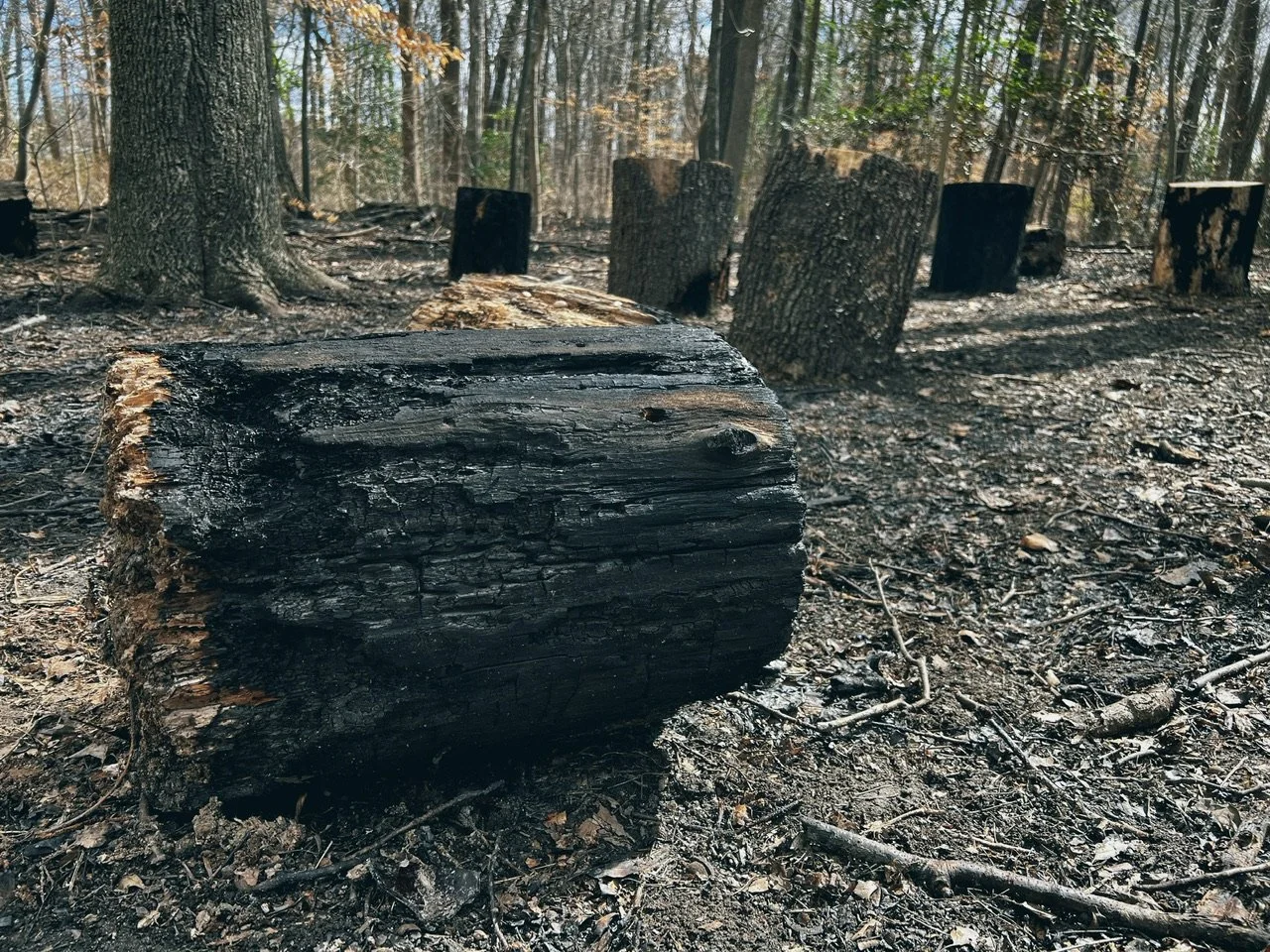Good morning, RVA! It's 32 °F, and today’s highs will land somewhere in the upper 40s. If you’re out and about today, bundle up and watch out for the wind—especially this afternoon. We’ll get blown around by 15mph breezes most of the day but could see some gusts twice that! Also, if you’ve got tender spring plants outside, keep an eye on them because overnight temperatures could dip below freezing.
Water cooler
How many traffic signals would you guess that the City’s Department of Public Works maintains and operates? I’m horrible at estimating these sorts of things, and I guessed somewhere between 10 and 5,000. Turns out, I was right on the money, because its 480—with 285 north of the river and 115 south of the river. This month, DPW has started to retime each and every one of those traffic signals as part of a $1.8 million project funded through the federal Congestion Mitigation and Air Quality program. Signal retiming is cool, and, while not solidly built infrastructure protecting our soft human bodies from deadly speeding vehicles, it can still slow traffic way down. Drivers will travel at Whatever-It-Takes mph if the signals on, say, Broad Street, are timed so you can ride a wave of green lights all the way Downtown. Smart signal retiming lowers that mph to a speed where people don’t die if someone makes a mistake and crashes their car.
Extremely related, Lyndon German at the Richmond Times-Dispatch checks in on the City’s Vision Zero work—the work to bring to zero the number of people who die or are seriously injured on our streets. German reports that the Richmond Police Department has upped enforcement on “aggressive, impaired, and inattentive driving” throughout the City, increasing the number of traffic-related violations by 17% over last year. Enforcing the existing laws (if you can do so equitably) is definitely one tool to get to Vision Zero, and technology solutions like the one in the previous paragraph are an important piece of the puzzle, too. I still think, in addition to these other initiatives, Richmond needs to start experimenting with quick-and-cheap pilot infrastructure projects that actually change the way our streets work and make them slower and safer for people.
Richmond BizSense’s Jonathan Spiers has a quick update on the City’s plan to demolish the Coliseum and redevelop the surrounding area: Four developers have been invited to submit proposals, including two that are/were involved in the Diamond District process. Fingers crossed, but, so far, having two massive development processes moving along at the same time seems like it’s going pretty OK?
Via /r/rva, an extremely important and polarizing question: Best deviled eggs in Richmond? Embarrassing confession: Still, after literal years of riding past the sign proclaiming the best in town, I’ve never eaten deviled eggs from Lombardy Market.
If you’re looking for extremely exciting plans to spice up your evening, you can attend one of two thrilling public meetings! First, the City’s Planning Department will host a virtual community meeting at 6:00 PM to discuss planned changes to the TOD-1 zoning district. These changes mostly relate to the Diamond District, but, if passed, they would impact other areas of town with this zoning (mostly the Broad Street corridor). Check out the Planning Commission presentation from a while back for more information. Second, and even spicier, from 6:00–8:00 PM you can drop by City Hall’s 5th Floor Conference Room and hang out with the Richmond City Charter Review Commission. This nine-member body is trying to figure out what needs to change about the City’s Charter—maybe that’s tiny tweaks to shift a policy here or there, or maybe it’s big shifts like changing the entire makeup of City Council. Who can say! Probably you if you decide to attend!
This morning's longread
I disconnected from the electric grid for 8 months—in Manhattan
OK, if you can get past the semi-insufferable tone of this piece, its an interesting recap of an urban off-the-grid experiment. Now I’m wondering if there’s a small subset of things I could shift over to running on solar power.
I had no hands-on experience with solar equipment, but I have a PhD in astrophysics and own a few patents, so I understand power, energy, and technology. I wasn't going to wait for my building’s board to approve a permanent installation of solar panels, and my apartment receives little direct sunlight. I’m single, so I could act unilaterally, but I had no access to economies of scale. I searched Craigslist for used solar equipment, which meant the pickings were slim. I settled on using portable panels and a portable power station—a fancy name for a battery with many options to power and to be powered. I settled on a 576-watt-hour power station by Ecoflow and a 200-watt foldable panel by Bluetti, both used, discounted about 30 percent from retail. That’s it. I had no idea if that capacity was high or low—one point of the experiment was to find out.
If you’d like to suggest a longread to show up here, go chip in a couple bucks on the ol’ Patreon.
Picture of the Day
A burnt stump found in the forest.

